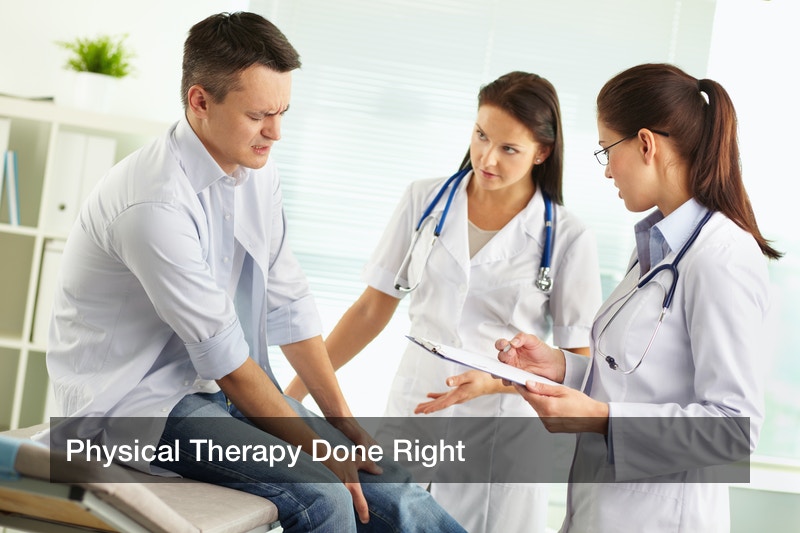
The human form is the result of millions of years of evolution, and our most notable trait is our fully upright posture, something not even our closest primate relatives have. This comes from our early ancestors’ lifestyle of running and hunting game, as opposed to living in trees, and this resulted in a skeleton featuring an S-shaped spine, an upright pelvis, long leg bones, and arched feet for a lifetime of walking on two legs. This gave our early ancestors all sorts of advantages, but even today, walking upright comes at a cost. Lower back pain is very common around the world today, and many Americans report suffering back pain and spinal distress for a variety of reasons. The good news is that only the most serious cases call for surgery, while non invasive rehab tools and systems such as chiropractic adjusting tools and manual muscle testing devices can be used for most cases of back trouble. Why does back pain happen, and when is it time for a manual muscle testing device or other physical therapy tools?
Causes of Back Pain
How often do Americans suffer from chronic back pain or spinal issues? Many studies are done to track the current state of public health, and that includes the back. According to the data, around 31 million Americans are suffering from chronic back pain at any time, and this problem presents in one in three women and one in four men to some extent or other, off and on. Experts also say that around 80% of the population will probably experience back pain symptoms at some point in their lives, and around 50% of all working Americans admit to getting back pain symptoms every year.
As for the causes of back pain, many have been identified. Many surveyed Americans attribute their back pain to ongoing stress, and pregnant women are known to get back pain issues during certain phases of their pregnancy. Working years of hard manual labor can also put wear and tear on the back (such as construction work), and this results in chronic pain later in life in many cases. Suffering a sports injury or getting into a car accident can also put serious stress on the back muscles and spine, causing pain that requires treatment. Finally, simple old age is a common cause of spine problems as well, since many years of fighting gravity will cause the spine to collapse and bend forward. That will reduce mobility, inflame the joints, and pinch nerves, causing all kinds of pain.
Functional Assessment Tools at a Hospital
Even if a hospital patient does not need surgery for their back pain problem, they will still need some physical therapy, or PT. This may involve the user of devices such as manual muscle testing devices and algometers, not to mention performing a variety of exercises, poses, and stretches to rehabilitate the body. A manual muscle testing device, for example, is a small device that a therapist will apply to the patient’s muscles at a targeted location, and measure how much resistance the muscles provide until they are overwhelmed. All of this data is carefully logged by the machine for reference. Also, the patient may perform various stretches and poses to measure their muscle strength, range of motion, and pain thresholds, and motion capture cameras can record all of that for the therapist to consult later. This makes it easier to measure a patient’s progress toward recovery.
Going to the Doctor
Meanwhile, someone suffering from back pain is encouraged to visit their doctor and explain their symptoms in detail, and their doctor can refer them to a chiropractor or a yoga studio for non invasive treatment for back pain. A chiropractor is a doctor who will use simple adjustment tools and even their bare hands to readjust a patient’s bones and muscles to clear up pain, relieve pressure on pinched nerves, and clear up pressure from joints and bones. This can also restore the patient’s mobility and arcs of motion, and statistics say that just over one million chiropractic adjustments are made in the U.S. every single business day. A patient may get fairly similar results when they visit a yoga studio for private sessions, and perform stretches and poses.
